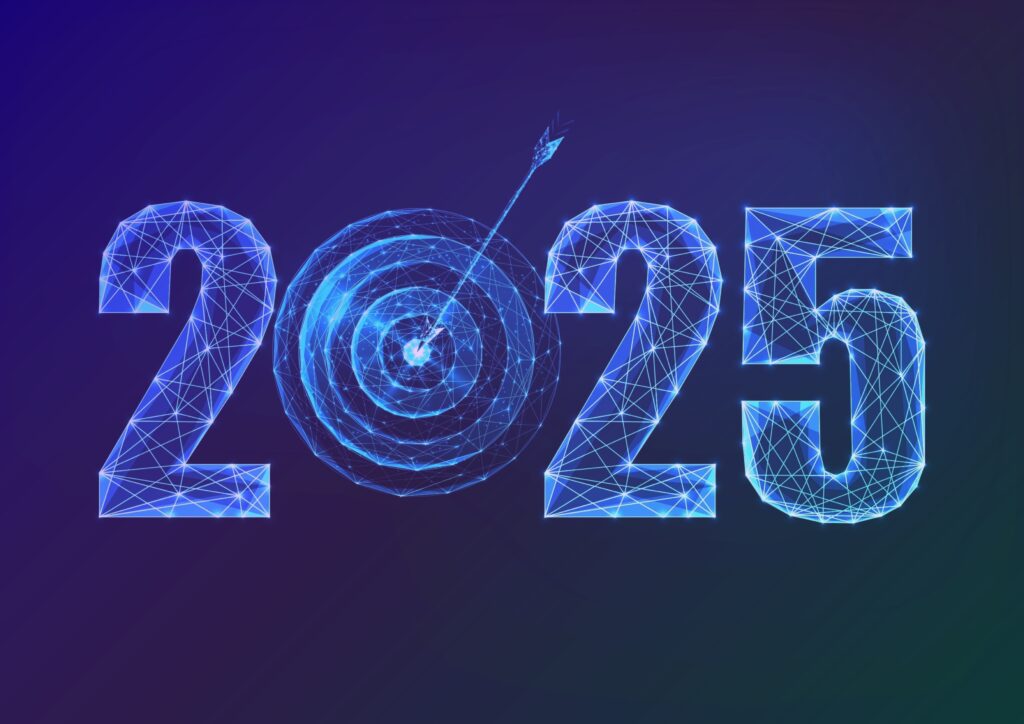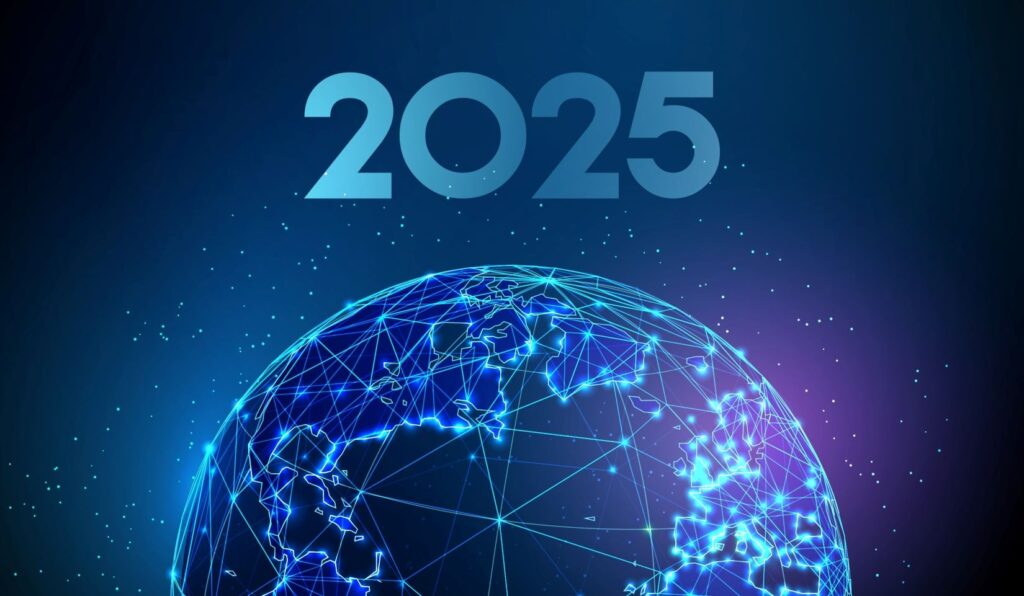It’s cost review season! IT monitoring is in itself an activity that helps control costs through continuous performance analytics, but today it’s time to check if you’re overspending on IT monitoring tools. IT monitoring pricing varies widely, at least as much as there are IT monitoring tools out there. This FAQ-based post will help you spot unnecessary expenditures on the IT monitoring front. The most common causes of IT monitoring overspending are overlapping monitoring tools that duplicate data, and domain-based pricing schemes that aren’t adapted to monitoring workflows rather than siloed domains. As a bonus, you’ll find some tips on building the business case for cost-optimized monitoring as well as some key procurement guidance.
Q&A IT monitoring cost optimization
We use a variety of tools per IT domain (infrastructure, application, cloud, etc.) They all have different pricing schemes. How do I compare orange with orange?
Ideally, IT monitoring tool investments should be thought of in terms of workflows rather than individual IT domains. Therefore, your best price comparative is on the variety and number of IT domains you can monitor or collect data from. It is recommended to replace monolithic, domain-centered pricing with modular pricing schemes that are based on the number of hosts to monitor. This gives you the flexibility to scale costs as essential workflows evolve and are themselves optimized.
How does cloud architecture monitoring factor in? We use our cloud provider’s monitoring tool.
Modern IT monitoring is about collecting and analyzing data to manage performance. You need to own your cloud data for a variety of reasons, which all impact the IT budget: from shorter root cause analysis, to rooting out unused computing or storage capabilities, to constantly optimizing digital experiences and workflows. The best is to combine your vendor’s solution with open-source technology for cloud-to-edge monitoring that will provide strongest correlation capabilities.
How many IT monitoring tools should we have?
You should have just as many as you really need to track essential KPIs – the least the better. Look for the solutions that cover the most ground, replace those that are overly focused on specific domains, such as infrastructure monitoring (ITIM), application performance monitoring (APM), or network performance monitoring and diagnostics (NPMD). IT monitoring is best thought of as a platform integrating and correlating data across those IT domains. Here’s what you should consider when right-sizing: avoid paying more than necessary to collect and analyze data, make sure monitoring data is not duplicated across tools, and that the data can easily be correlated to gain a clear, unified picture of IT performance from cloud-to-edge.
From 30 to 1
Did you know that 36% of IT pros report using 30 tools on average?* Centreon allows you to instantly and seamlessly connect all IT domains into one platform, an opportunity to cut down on IT monitoring tool overload, unnecessary expenses, and issue diagnosis times.
How can I build the business case for replacing older, expensive monitoring tools?
Start by defining crucial KPIs your team needs to track in order to meet the needs of various business and IT stakeholders. Determine the most cost-effective way to instrument the full IT estate, eliminating all data duplication or irrelevant data pools. Calculate the benefit of eliminating unnecessary tools, for example through a domain-agnostic monitoring approach that’s flexible enough to integrate domain-specific visibility, like UX monitoring. Make sure all costs are factored in, such as upfront deployment fees, as well as cost at the testing and production phases.
What are the best practices for procuring monitoring capabilities?
Traditionally, IT monitoring capabilities were added in a piecemeal fashion, at each new technological acquisition. Today’s best practices call for a new approach: designing an all-encompassing monitoring strategy, combining as necessary competitively priced proprietary solutions with an open-source top layer for single-pane-of-glass IT monitoring that enables shorter resolution times, and optimized processes and cost control, including IT monitoring-related expenditures. Engage all stakeholders, bringing both DevOps and ITOps teams at the table to define needs and find the common ground – rooting out unnecessary or duplicated tools.
Here’s a list of the key attributes of a modern, cost-effective IT monitoring solution – if you’re paying for solutions that do not cover all these needs, it may be time to replace.
10 KEY ATTRIBUTES OF COST-OPTIMIZED IT MONITORING
- Open-source flexibility.
- Domain-agnostic.
- Integrates domain-specific monitoring tools.
- Connects with managed services (cloud or containers).
- Integrates advanced Customer Experience (CX) monitoring.
- Automates service, hosts and monitoring changes discovery.
- Enables 100% instrumentation of the IT environment.
- AIOps-augmented.
- Business correlation capabilities.
- Can be leveraged by both DevOps and ITOps teams.
TAKEAWAY: What to watch for when cutting IT monitoring costs:
- Older solutions that are not optimized for cloud-to-edge monitoring.
- Monolithic or domain-specific pricing, including upfront implementation fees that are hard to control over the longer term.
- Tools that duplicate the collection of data.
- Tools that do not cover the needs of both ITOps and DevOps
Here are a few examples of cost-optimized IT Monitoring
A large metropolitan hub integrated two IT departments and highly heterogeneous IT systems, comprising multiple technical equipment and applicative environments used by 3,500 municipal personnel into a single, shared IT monitoring platform overseeing critical workflows relating to messaging, financial or HR applications, such as leave management or payroll; or applications intended for residents for such services as registering for daycare or recreation activities, and water usage invoicing.
The French Department of Justice engages IT teams through sharing the same IT monitoring solution and work practices. This has enabled them to monitor 90% of the Justice Department’s IT system. The Centreon monitoring platform was adopted as part of the organization’s agile transformation and contributed to breaking silos and strengthening communications, improving synergy and efficiency within teams.
A global software company optimized both the efficiency and cost of IT monitoring through an integrated and automated IT monitoring platform. The Canada-based, small IT monitoring team is enabled to oversee 14 worldwide locations, 400 hosts and 4 048 services, including about 600 virtual machines, for which 20 to 30 indicators are tracked. Among the benefits reported are streamlined and automated IT monitoring processes, which save time and improve responsiveness, across time zones.
Let us know if we can help with your cost-optimization efforts.
*Poll conducted by Gartner during a session at the Operations and Cloud Strategies Conference, December 2018: 36 % of 225 respondents were reporting having more than 30 IT monitoring tools.















